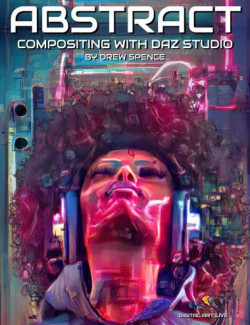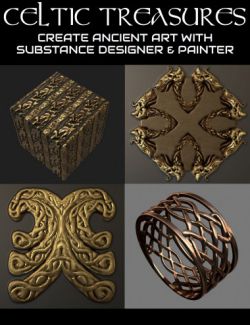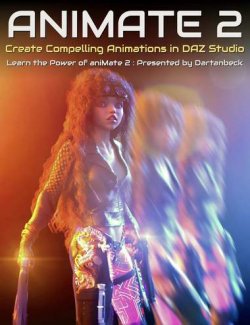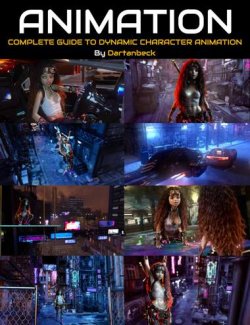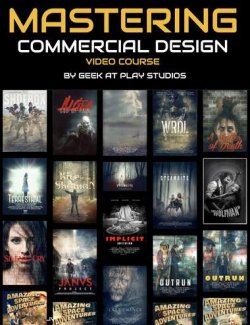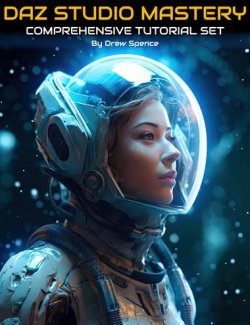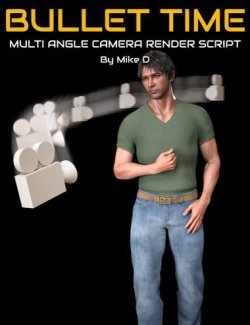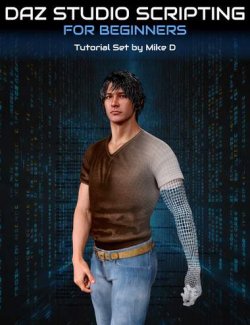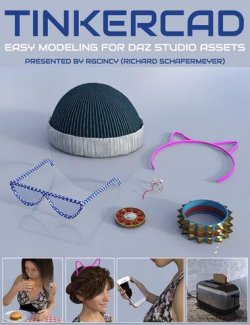Substance Designer is the VFX industry standard for procedural texture creation. The node-based workflow of Substance Designer allows for completely procedural, non-destructive texture generation that gives users unparalleled control and infinite opportunities for quick iteration. With a little practice, virtually any material can be recreated with physically based accuracy.
In this course, you will learn step by step how to create a high-quality tile-able brick material. You’ll learn how to create surface details using random noise generation, as well as how to manipulate noise to create widely applicable textural elements. I’ll cover several of Substance Designer’s most powerful nodes, and will share my workflow for creating tiling patterns, grit, pits, chips, cracks, grunge, grout, paint bubbles and more. I will also show you the simple process of exporting your tile-able material to Albedo (color), Normal, Roughness, Ambient Occlusion, and Height texture maps which can be used in the 3D software of your choice.
What's Included and Features
- Substance Designer Tutorial & Material Graph - Procedural Painted Bricks: (.MP4) Total 112 minutes
- Basic Pattern - 9:58
- Learn the basic material setup and create a tiling brick pattern in minutes! Leverage the flood fill nodes to introduce randomness, ensuring no two bricks are alike.
- Surface Pitting - 7:45
- Discover the power of random noise generators and use a simple node structure to create a pitting effect.
- Large Chipping - 9:19
- Learn how to use blend modes and levels adjustments to break your bricks apart.
- Edge Chipping - 4:54
- Use noises and blurs to create realistic chipping on the edges of any shape.
- Paint Mask - 5:24
- Learn the basics of mask creation and how to control where effects will apply.
- Grout - 8:16
- Develop an understanding of height based blending, and how to seamlessly combine two materials.
- Cracks - 15:43
- Learn how to create and control randomly generated cracks, as well as how to create your own nodes that can be transferred between files.
- Surface Detail - 7:15
- Manipulate noises with warps and transforms to create subtle and varied surface details.
- Paint Bubbles - 7:34
- Discover the power of non-uniform blurs to create irregular shapes in the chipped paint.
- Paint Details - 6:16
- Manipulate noises in new ways to add surface detail to the paint, finishing off the height map.
- Roughness & AO - 8:59
- Create the Roughness and Ambient Occlusion maps, adding reflectance and shadow depth to the material.
- Albedo (color) - 13:32
- Learn how to color pick from your references, and use the height and roughness maps to create varied color in the material.
- Polishing Tips - 5:12
- Follow along as I give some final tips on tuning the look of the texture.
- Exporting Maps - 1:36
- Learn the simple process for saving your material to texture maps.
- Resource Files:
- Painted_Brick (.SBS)
- Brick_Ref (.PNG)
- The material graph which can be used to check your work, generate textures and further your Substance Designer knowledge.
Install Types:
Install Manager, Manual Install



